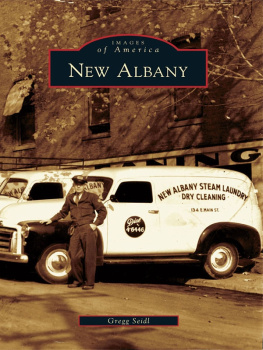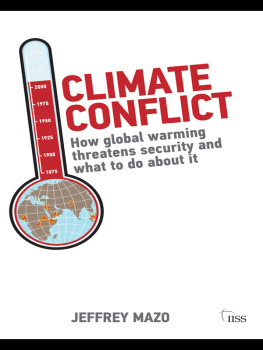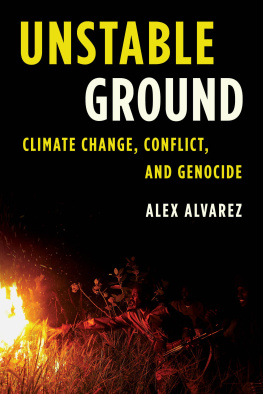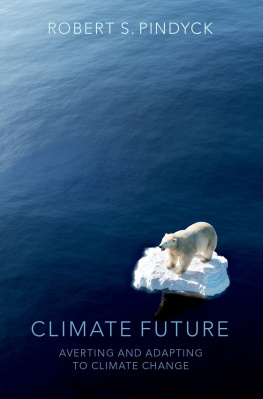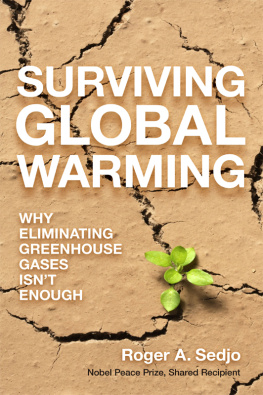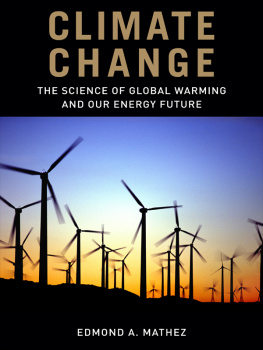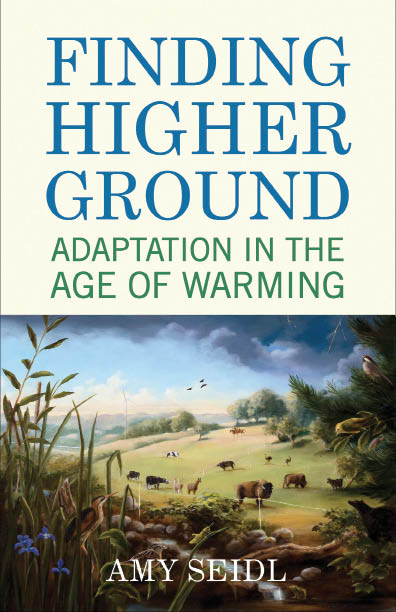Finding Higher Ground
Adaptation in the Age of Warming
Amy Seidl
Beacon Press, Boston
To Lawrence E. Seidl
We see these beautiful co-adaptations most plainly in the woodpecker and the mistletoe; and only a little less plainly in the humblest parasite which clings to the hairs of a quadruped or feathers of a bird; in the structure of the beetle which dives through the water; in the plumed seed which is wafted by the gentlest breeze; in short, we see beautiful adaptations everywhere and in every part of the organic world.
Charles Darwin, On the Origin of Species
Contents
Preface
To adapt is to become suited to the conditions around you. In the natural world, adaptation describes the traits that help organisms cope with the environments they live in. Songbirds migrate between northern and southern hemispheres as an adaptation to seasonal change, and plants produce toxins as an adaptation to deter insects from eating their leaves. Similarly, an animal that exhibits the adaptive coloring of camouflagea fawn in dappled light, a praying mantis disguised on a blade of grassis expected to live longer (and presumably have more offspring) than an undefended animal that stands out in its surroundings. If a trait is adaptive, it confers success.
In the human realm, adaptation means to adjust, where ones actions are suited to conditions at hand. People without work adapt by spending less money, children who move in the middle of the year adapt by making new friends, and persons who lose their legs adapt by relying on wheelchairs or artificial limbs.
In Finding Higher Ground, I use adaptation to describe this range of meaning: the biological and ecological responses to changing conditions as well as the adjustments that humans make to accommodate change in their lives. But my principal topic is how human and nonhuman life is adapting to the all-encompassing phenomenon of climate change.
While adaptation is the subject of this book, carbon mitigation has framed our approach to climate change for several decades. Carbon mitigation is the reduction of greenhouse gases as well as the sequestration of carbon that has already been emitted. Establishing policy that sets targets for lowering emissions and removing and storing already-released carbon (in croplands, newly planted forests, and empty gas wells) has been our measured, if not entirely successful, way forward. And rightly so, given the effect of a carbonated atmosphere on the long-term stability of Earths systems.
Mitigation, however, is distinctly different from climatic adaptation, as the latter focuses on how to live through and prepare for the phenomenon itself. How will we, as individuals, communities, and nation-states, anticipate and respond to climate change in our lives? How will we build resilience into our social and physical infrastructure (transportation, energy and food systems, and our homes) to help us recover from its effects and adapt to what lies ahead? As importantly, how can we learn from the ways in which the biological world is already adapting around us?
In 2009 I wrote Early Spring: An Ecologist and Her Children Wake to a Warming World, a book that explored the signs of climate change in a New England landscape. Here, I examined the ecological and cultural changes in a world seen close at hand, in places where anyone who observes nature could find them. I described how spring flowers bloom before pollinators arrive, how ponds no longer freeze, and how animal migrations occur at unexpected times.
It was while researching these early signals that I came to think about adaptation. If climate is a major factor that shapes environmental conditions, how is the natural world not only shifting but adapting to climate change? Moreover, how are people adjusting to the same set of phenomena? Clearly we are reacting when severe weather events occur, but how are we responding to the global reality that climate change will define the next thousand years, a millennium of warming that warrants its own geologic age?
In Finding Higher Ground, I explore adaptation as it is taking place in these two realms: the ecological and the human. I begin by showing how adaptation differs from carbon mitigation, suggesting that it is time to approach climate change with an adaptive framework as much as a mitigative one. Next, I explore how natural systems are adapting. Research, particularly in North American ecosystems, has shown that climate change is an agent of natural selection: in places, the warming climate has become an evolutionary force. Organisms are changing what they eat and when they migrate. They are reconfiguring their niche space in a biological effort to succeed in a world that is experiencing radical change. The biological clocks of mosquitoes are being reset, and squirrels are birthing earlier to take advantage of new temperature regimes. Each of these examples illustrates how the process of adaptation is occurring as conditions come into flux, the same conditions that humans will need to respond to as well.
In the latter half of Finding Higher Ground, I explore how people are adjusting on individual, local, regional, and national scales. I begin by demonstrating that the way we grow food is changing as the climate warms and the weather becomes more variable. Farmers and gardeners are experimenting with new crops, new varieties, and new ways of growing, all in an effort to anticipate (and where possible benefit from) the new conditions at hand.
Next, I examine how energy systems are under a similar pressure to adapt, not only to climate change but to a future without fossil fuels. Here too people are experimenting. Energy technologies that emit little or no carbonlike solar, wind, geothermal, and hydropowerare being perfected, and people concerned about the effects of climate change on their individual well-being are buying them. Like mosquito biology tracking the effects of climate change, individuals are pursuing technologies that gain them success and a measure of security in a warming world.
Enter the concept of cultural transition. Transitioning away from a carbonated world is in large part what adapting to climate change means for human populations. As a term, transition captivates those who want to move beyond fossil fuels and toward actions and technologies that are sustainable in a broad sense. Transition also carries with it the cultural history of humans who have innovated their way through difficult periods before. Whether it was inventing a source of rubber when imports of natural rubber from Asia were barred, or progressing from wagons to railroads as settlers moved west, our history is full of moments of transition. During a time of warming, cultural transitions will happen again. Not only will our physical infrastructure develop toward emitting little or no carbon, it will be influenced by our legacy of carbon use.
Understanding that carbon mitigation will not be enough and that we must wholeheartedly change the way we live, people are looking for philosophical guidance. They are, after all, pioneering utterly different scenarios for the future. Enter the American tradition of pragmatism and the established concepts of self-reliance and sufficiency. These views give people reason to enact practical measures to a problem whose scale is at times overwhelming. Home gardens, home-based renewable-power systems, and nineteenth- and twenty-first-century technologies like clotheslines and fuel cells, respectively, are redefining how people choose to live given the state of the world and their complicity in what it has become.
Finding Higher Ground is a hopeful book, because it not only tells how adaptation is emerging, it confronts the forecast of collapse. It is true: we face a turbulent future. There is no doubt that there will be tremendous species loss, human suffering, and conflict that arises from compromised landscapes. Scientists tell us that the world will change beyond what most of us can comprehend. But sometimes, advocates emphasis on urgency, meant to promote action, comes across as fatalistic, envisioning an unwinnable scenario that instead induces paralysis.


